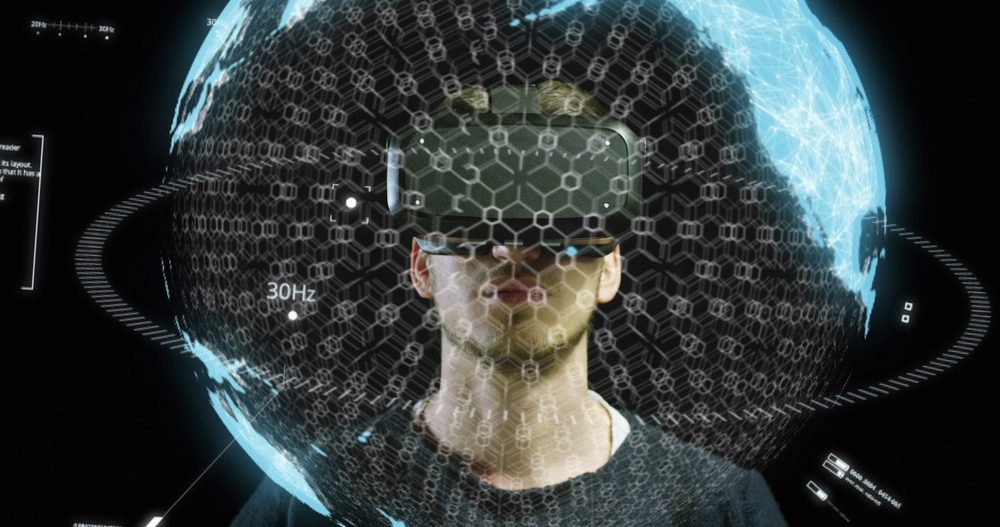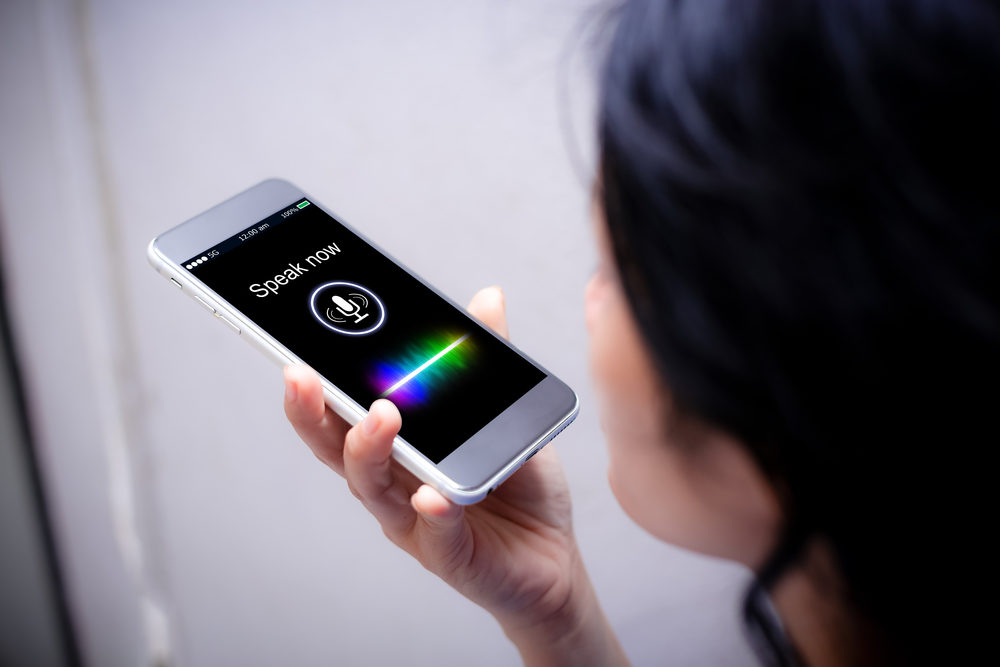Psychology and CRO: How are they connected?
Anyone who has been involved in sales will know that a little bit of human psychology goes a long way to improve sales. Just think about the way a seasoned market trader warms up their crowd, for example, and how fast their “unbelievable bargains” disappear into the crowd.
This is why having an understanding of human psychology is critical for success with CRO (Conversion Rate Optimisation). After all, knowing why people buy and what stops them from buying is the key to successful CRO.
Unfortunately, there is no list of things to do that will trick customers into buying things, so if you are expecting that from this article – you will be disappointed. There is no way to really convince someone to buy something if they don’t really want to. So, how does knowing psychology really help?
When it comes to eCommerce, the most basic task is to help people see how your product can meet their needs by solving their problem in a way which offers them value for money. This sounds easy but is actually very hard – and knowing how people’s minds work can be a great help.
The difference with selling on a website, to being a market trader, is that it is really difficult to persuade people to impulse buy. People don’t easily fall for the “buy now or miss out” offers as they tend to take more time to consider purchases.
It’s not all bad news though – you can use psychology to persuade people that they should purchase now rather than later.
In B2C (Business to Consumer) eCommerce, the easiest way to persuade a person to buy is to trigger an emotional desire to own an item in them. If you don’t create that desire then it is going to be really hard to persuade them to make a purchase. However, on the flip side of this, creating the desire does not guarantee you will make the sale. ECommerce is complicated, and there are lots of hoops you will have to go through to get people to press the checkout button.
In B2B (Business to Business) eCommerce it is less about emotion and more about a functional need, and you will need to take into account price and service as well.
When we talk about psychology in CRO, we tend to look at it in four different ways:
#1 Creating Desire
The more a person wants to buy something, the less easy it is going to be for them to talk themselves out of it. The close they get to the checkout, the less likely they are to be distracted by doubts or distractions.
As humans, we tend to make emotional decisions quickly, and then backtrack and try and justify them using logic. We don’t really need to upgrade our phones when the latest models come out, we want to and then we justify our decision by telling ourselves it will do something for us that our existing, perfectly functional phone, won’t.
Our desire is driven by our senses, so in the past we have touched, smelt, and tasted things before we have bought them. However, when we are buying online, we can’t do that, so eCommerce sites have to work hard with the tools that they have available.
When you look at the typically high performing pages on an ecommerce site, they tend to be pages that do a fantastic job at creating desire. Photography is key, and so brands will spend large amounts of money to get their product shots just right as these are vitally important in creating that desire. If your product shots don’t stimulate a desire to own the item then you’ve failed at the first hurdle.
#2 Fulfilling the need to belong
Another human desire that it is important to fulfil is the need to belong. This is critical when it comes to eCommerce – especially when it comes to branding and website design. You need people to self-identify with your brand and so should actively encourage them to do so.
Group identity is a powerful seller, and to be successful at this you need to have a thorough knowledge of your target customer. What inspires your target customer, what are they motivated by, what are they interested in? What sort of group do they want to belong to, and how do you replicate that in the look and feel of your brand?
#3 Rational justification
As we have said above, once we have decided that we want something, we have to be able to justify that decision. This is where awesome product descriptions come in. Many retailers make the mistake of thinking that product descriptions are a way of persuading people to buy something. They’re not. They are a powerful tool which can help customers to reinforce the decision they have already made.
Customers don’t want over the top sales copy telling them they are going to miss out if they don’t buy now, what they want is copy which tells them they have made the right decision which they are not going to regret. Talking about product benefits in the description is really beneficial, as is cleverly answering any concerns people may have.
One way of improving your conversion rate when it comes to rational justification is to offer a live chat service. Have it as an option that people can use when they want it, to ask questions about the products and get them answered quickly.
#4 Building Trust
One of the best ways to build trust in your eCommerce site and the products that you offer, is to show product review on your website. Real product reviews left by real people will help to reinforce the fact that the customer is doing the right thing by buying from your website. It also helps people to believe that they are part of a group.
We believe in keeping things simple here at Dale Street Digital, and we have in depth knowledge of CRO that will help make your website super user friendly. If you want to work with us to shape an exciting future together, please get in touch on 0161 730 0530 or email us at enquiries@dalestreetdigital.co.uk











